BLOGS
Open Floor Plan Design Brings Your Home Together
Have you noticed some house plans designed in multiple rooms are combined into a single, large space with minimal or no walls or barriers separating them?
An open floor plan typically includes a kitchen, dining area, and living area that all flow together seamlessly.
While open floor plans can create a feeling of spaciousness and facilitate social interactions, they can also have drawbacks, such as reduced privacy and noise control. Additionally, it can be more challenging to keep specific spaces clean or organized without walls to separate different areas.
In this article, we’ll talk more about the history and pros & cons of open floor plans to help you plan your home design better.
What is an Open Floor Plan?
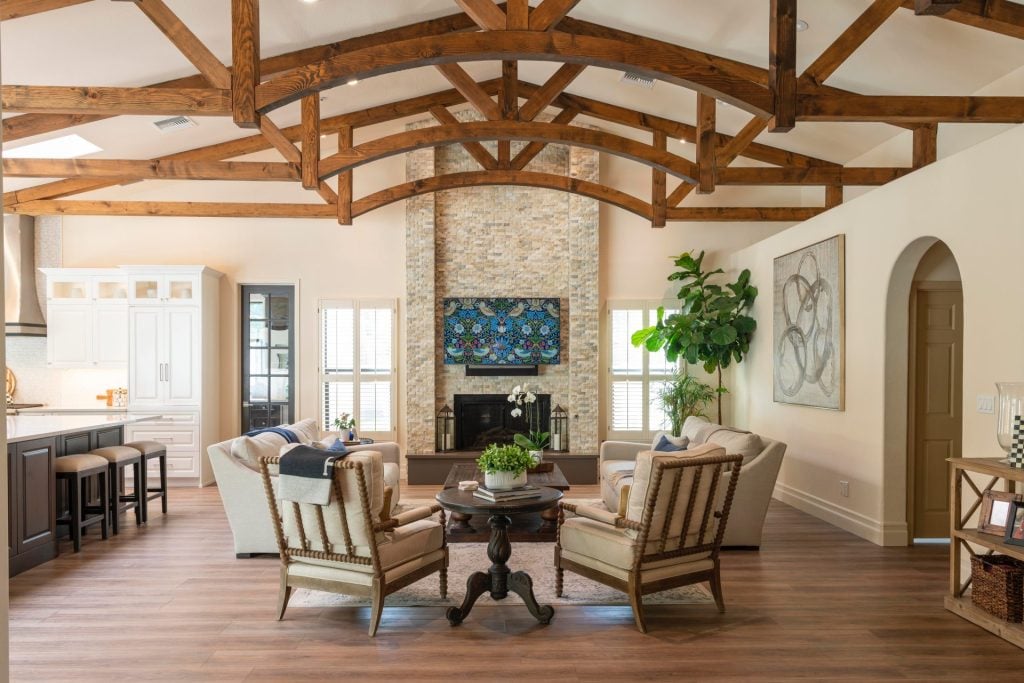
An open concept combines standard rooms into one open space to promote better communication, ease of movement, and increased lighting while maximizing your square footage.
An open floor plan is a living space architectural design that prioritizes open spaces with fewer separations between main rooms to encourage bonding and communication. A typical open floor plan design includes enclosed private spaces such as bedrooms and bathrooms and one great room that serves the functions of traditional common areas such as the kitchen, living room, and dining room.
History and Development
Before the mid-1940s, the main hallway served as an artery providing access to branch rooms performing specific functions.
In these traditional floor plans, the kitchen is typically located at the back of the house. It was regarded as a service area and was never used for socializing—a kitchen back door allowed for food deliveries or as an entrance for staff.
Until the 1950s, entertainment was a more formal affair held elsewhere in the house—served by a kitchen that was strictly off-limits to guests.
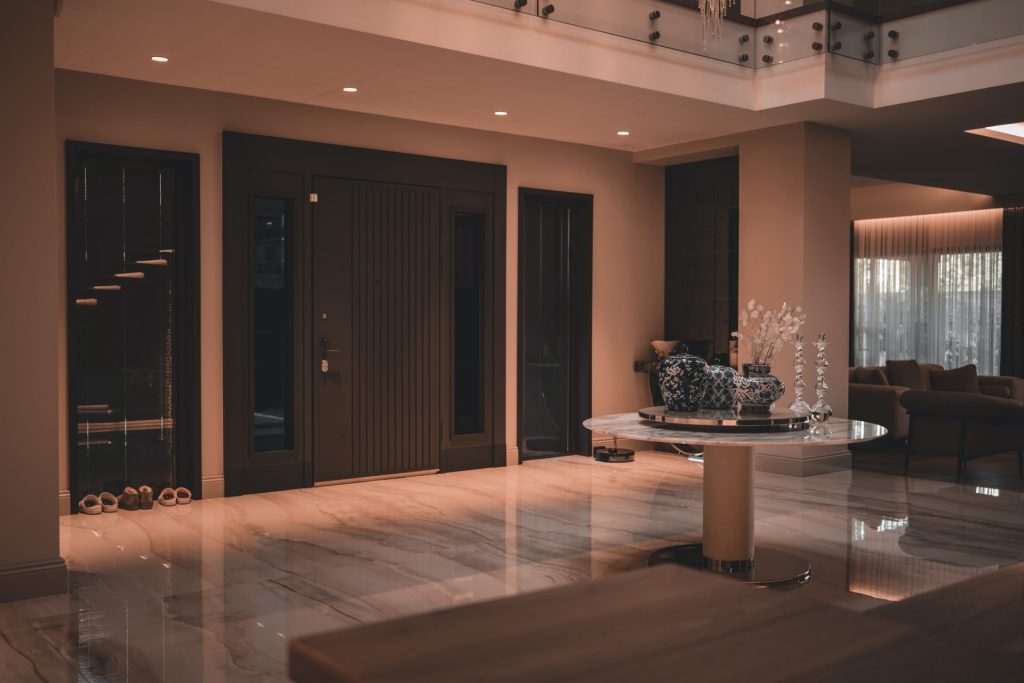
The kitchen was still considered a valuable spa and kept separate. The kitchen was for cooking, and concepts like an entertainment kitchen were still decades away.
The open floor plan gained popularity in the postwar years when formality gave way to a more relaxed attitude demanded by hundreds of thousands of young, growing families with children.
An open floor plan, now including the kitchen, provided design flexibility for reconfiguring the space as the family changed and grew and the ability to watch children during meal preparation and cleanup.
Advantages of Open Floor Plan
Connected Space
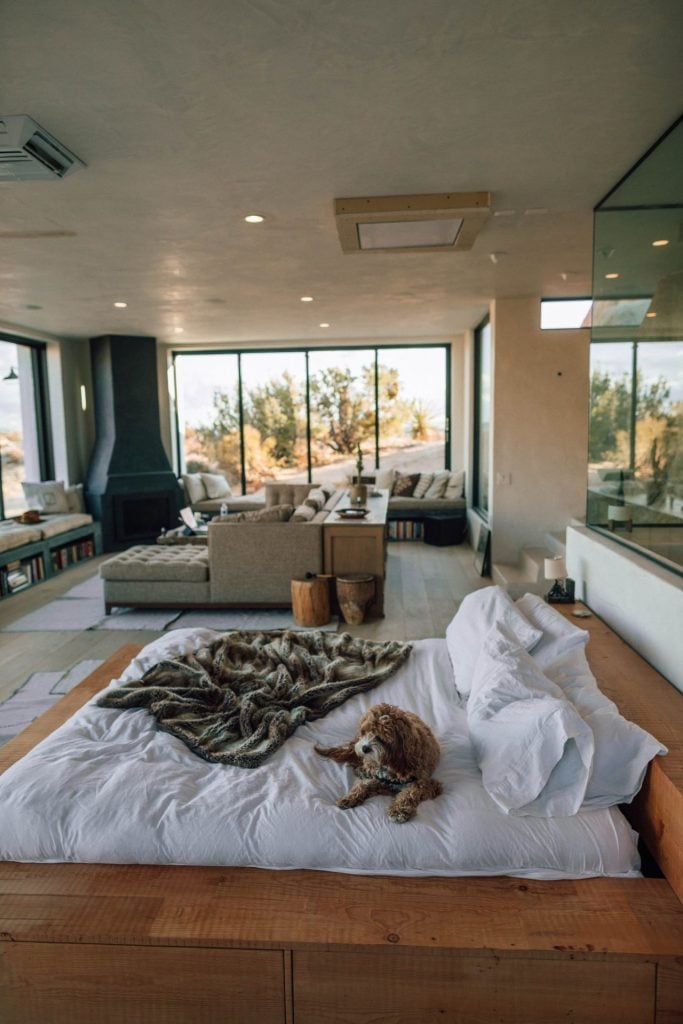
Open floor plans can range widely in terms of design but share the common characteristic of having few partitions between rooms.
The kitchen in an open-concept home is typically a large, single room visible from the living area and can be used as an informal dining space.
This creates a bright, airy, cozy, welcoming space, perfect for hosting guests.
Family Togetherness
Walls are designed to keep people, things, or spaces apart.
That’s why it’s great to have a dining area big enough for sit-down meals and lots of open space to prevent people from feeling isolated from one another in a home with an open floor plan.
Are you planning to buy a new home? Turn your dreams into reality and live a luxurious life in this community where the spirit of the Italian Renaissance is embodied in every detail of creation. That is why Vista Alabang is the ideal location for your new luxury house and lot in Metro Manila.
Customization Possibilities
In an open-concept home, the large room in the middle can be used however you want. You could build a larger kitchen, make the living room bigger, or make a place to study.
In order to give the impression that there are more rooms than there are, many homeowners divide a central area with furniture and lighting.
Increased light
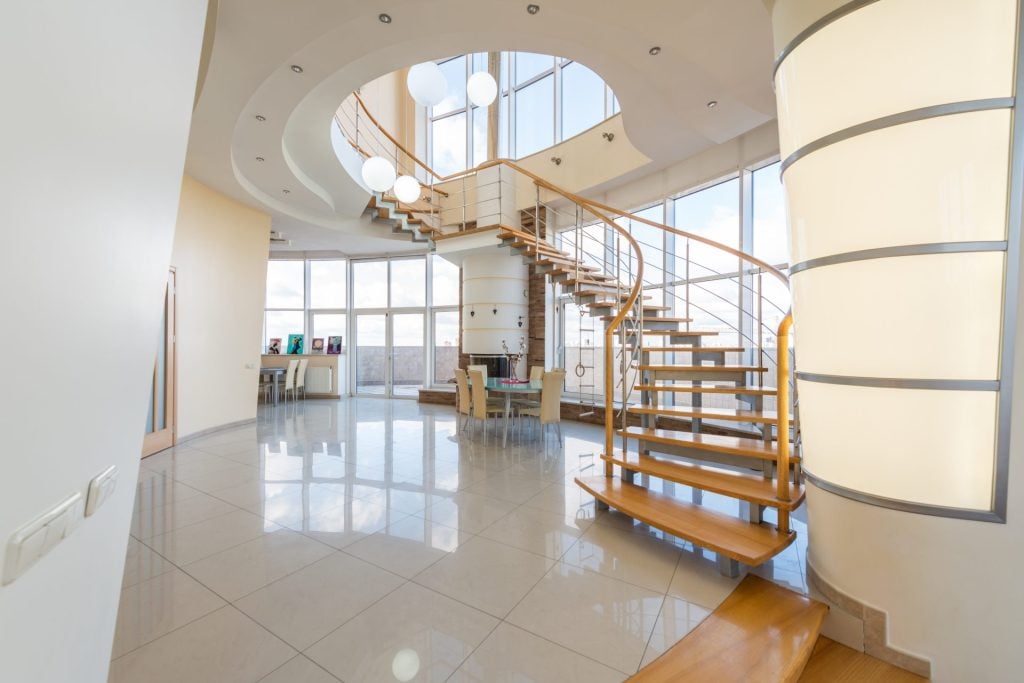
Natural light can easily flow from one room’s window into another because there are no partitions or walls between the kitchen, living, and dining areas. More light can also help make a room more prominent in an open-concept home or workspace.
Traffic flow has been improved.
An open-concept floor plan, with few doors or dividers, allows your housemates and guests to move around your great room quickly. Available concepts are valuable for larger households with hectic morning schedules because there is enough space for everyone to move around as they prepare for the day.
Disadvantages of Open Floor Plan
Noisy
While being able to hear, see, and smell everything may be advantageous to some homeowners, a lack of interior walls means that sound will constantly travel between rooms, resulting in fewer areas of quiet or privacy.
Smells Spread
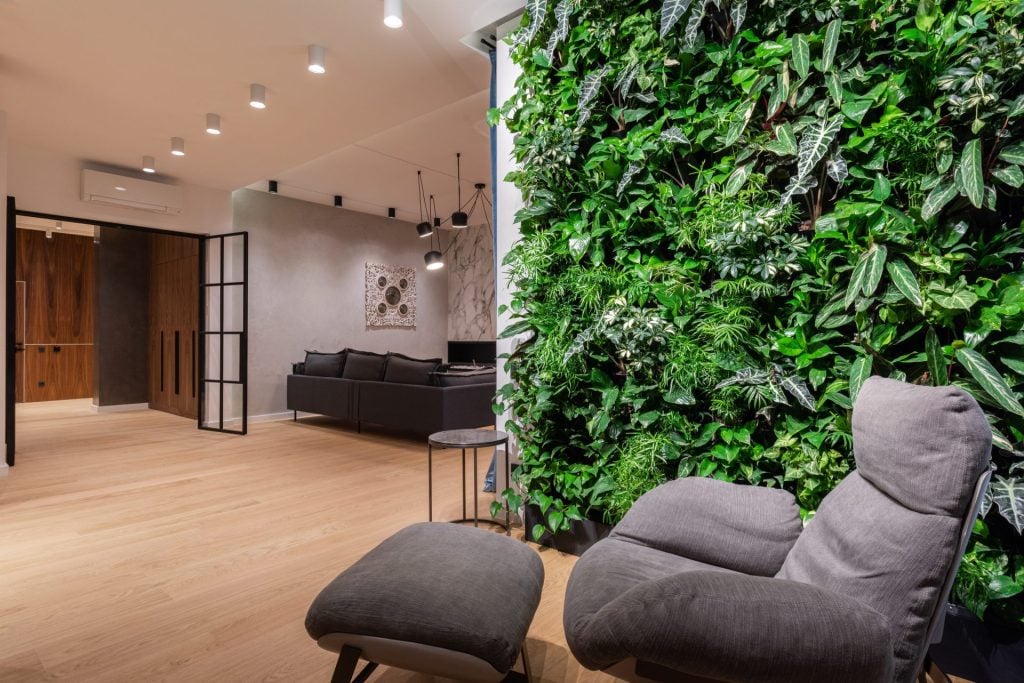
An open floor plan usually means the kitchen is integrated into the great room. If your interior space is limited, an open kitchen means strong food odors will travel to adjacent empty rooms.
Clutter is difficult to conceal
Traditional closed floor plans restrict furniture and accessories to their designated spaces. An open floor plan means unobstructed visibility, which can make concealing the clutter of a busy lifestyle more difficult. A closed floor plan may be easier to maintain if you need separate areas to corral specific materials, toys, or furnishings.
Art and decor will have less wall space.
There are fewer walls in an open floor plan, making the interior design of hanged frames minimal touch.
While this allows you to take advantage of the benefits of a large window in an adjacent room, losing wall space means you’ll need more space to display framed art and photos.
Privacy
Noise may reverberate slightly in an open floor plan. If you have visitors, it may be challenging to keep the noise from the living room from permeating the rest of your home. Privacy may also be an issue because, without doors or walls separating each room, performing specific tasks without being seen by others may be challenging.
WHEN IS AN OPEN FLOOR PLAN SUGGESTIVE?
Open-concept homes with no dividing walls are ideal for smaller homes because they open up the space and make your home appear and feel more significant than it is.
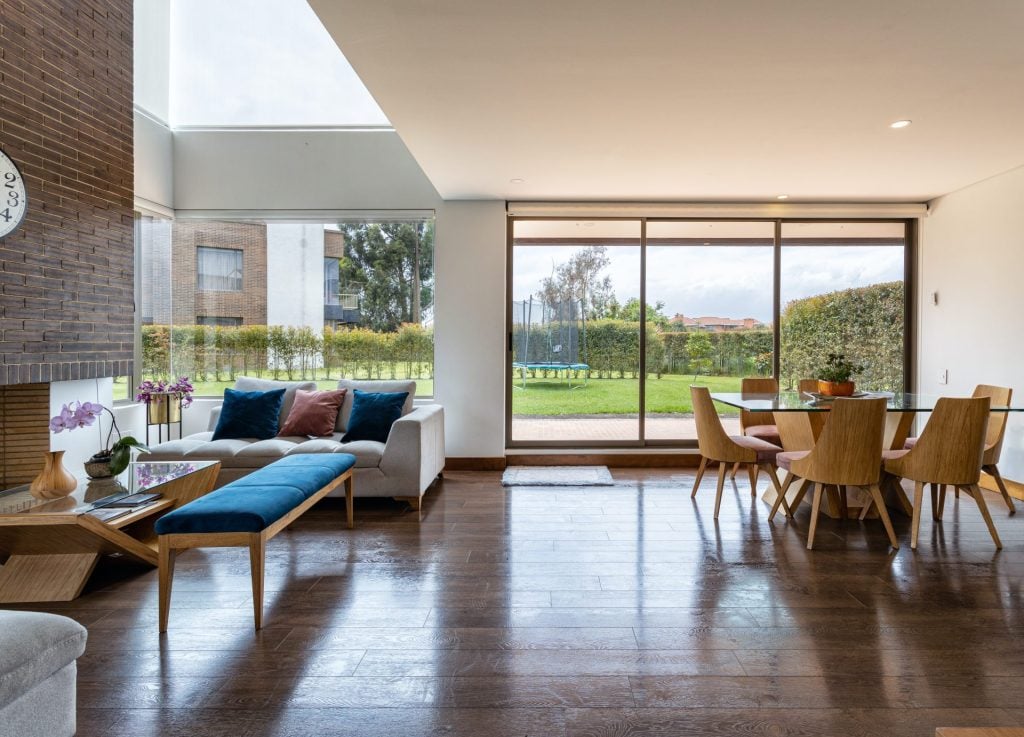
Here are some other situations that may recommend an open floor plan:
- You have a big family with small kids.
- You frequently entertain guests.
- You want the flexibility to change your layout.
- You intend to sell at some point.
- You or a member of your family requires improved accessibility.
Configurations of Open Floor Plans
Open Floor Plan Kitchen and Dining
A kitchen and dining area are frequently housed in the same room—a kitchen island or peninsula, even as a visual divider between the two.
Open Floor Plan Dining Room and Living
The dining room and living room share one space. A short flight of stairs, two different paint colors, an accent wall, stairs leading to a recessed area, or a handrail can all serve as a visual divider.
Open Floor Plan Kitchen, Dining Room, and Living Room
A massive room ceiling could connect all three areas. Adjoining the kitchen, dining area, and living room maximizes the social aspect of the home. It’s ideal for homeowners who frequently cook and entertain guests.
Selecting the Best Floor Plan for You
Open floor plans benefit singles and couples without children the most. It’s a way to better use the available space in the home without sacrificing privacy. And it’s different from your family has to choose between the two. Regardless of your home’s current floor plan, if the layout no longer works for you.
Open floor plans free you from the restrictions of a conventionally organized home, making it possible to design a space just right for you.
Meanwhile, you can enjoy an open, light, and connected living area. Houses with open floor plans have recently gained popularity, and for a good reason.
Read More 10 Reasons Why Homeowners Love Open Floor Plans
Read More Open vs. Closed Concept: Which is Better?


















